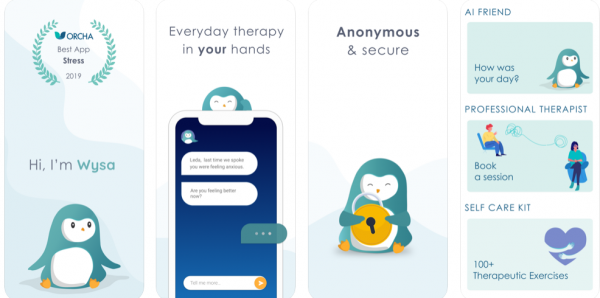
Sixty percent of young people with major depression received no mental health treatment in 2017-2018. One quarter of adults with mental illness reported an unmet need for treatment. 55% of counties have no psychiatrist, psychologist or social worker. 70% don’t have a single child psychiatrist in the U.S. Queues for substance abuse care can be weeks long.
Most published studies show telephonic mental health care is as effective as in-person care in treating depression, anxiety and obsessive-compulsive disorder. Digital CBT programs have proven as effective in treating anxiety and depression and insomnia. Ginger is an on-demand support program that guides users in addressing low-acuity mental health needs, such as mild depression or anxiety.
The Covid-19 pandemic led to a dramatic increase in the use of virtual and digital mental health services. The pandemic and associated lockdowns left more patients in need with little choice but to move away from in-person care. Clinicians who had resisted virtual visits faced devastating loss of income, and they, too, moved online. Virtual and digital care can improve affordability and provide critical additional access for those in need.
Digital Tools Are Revolutionizing Mental Health Care in the U.S.